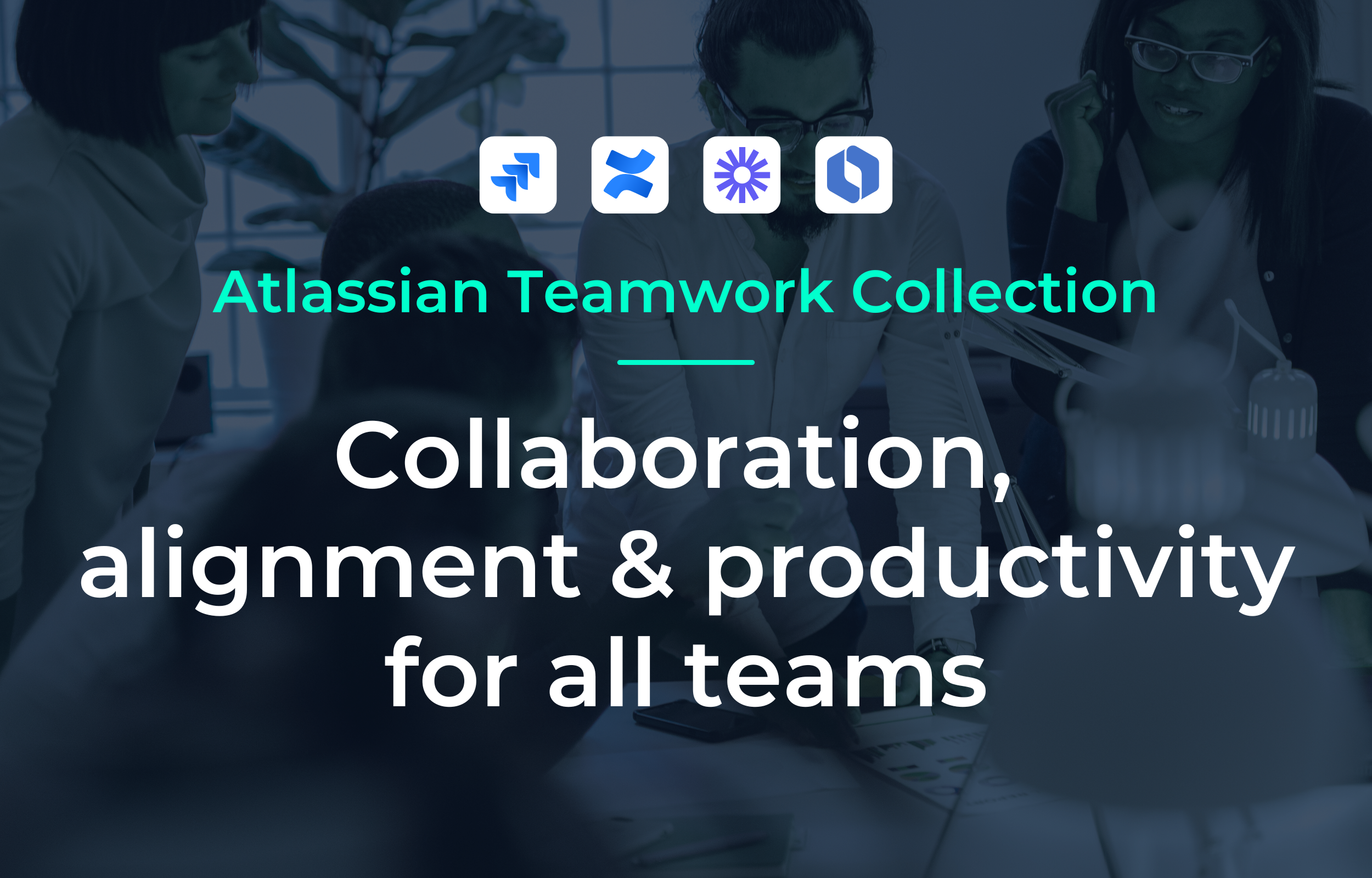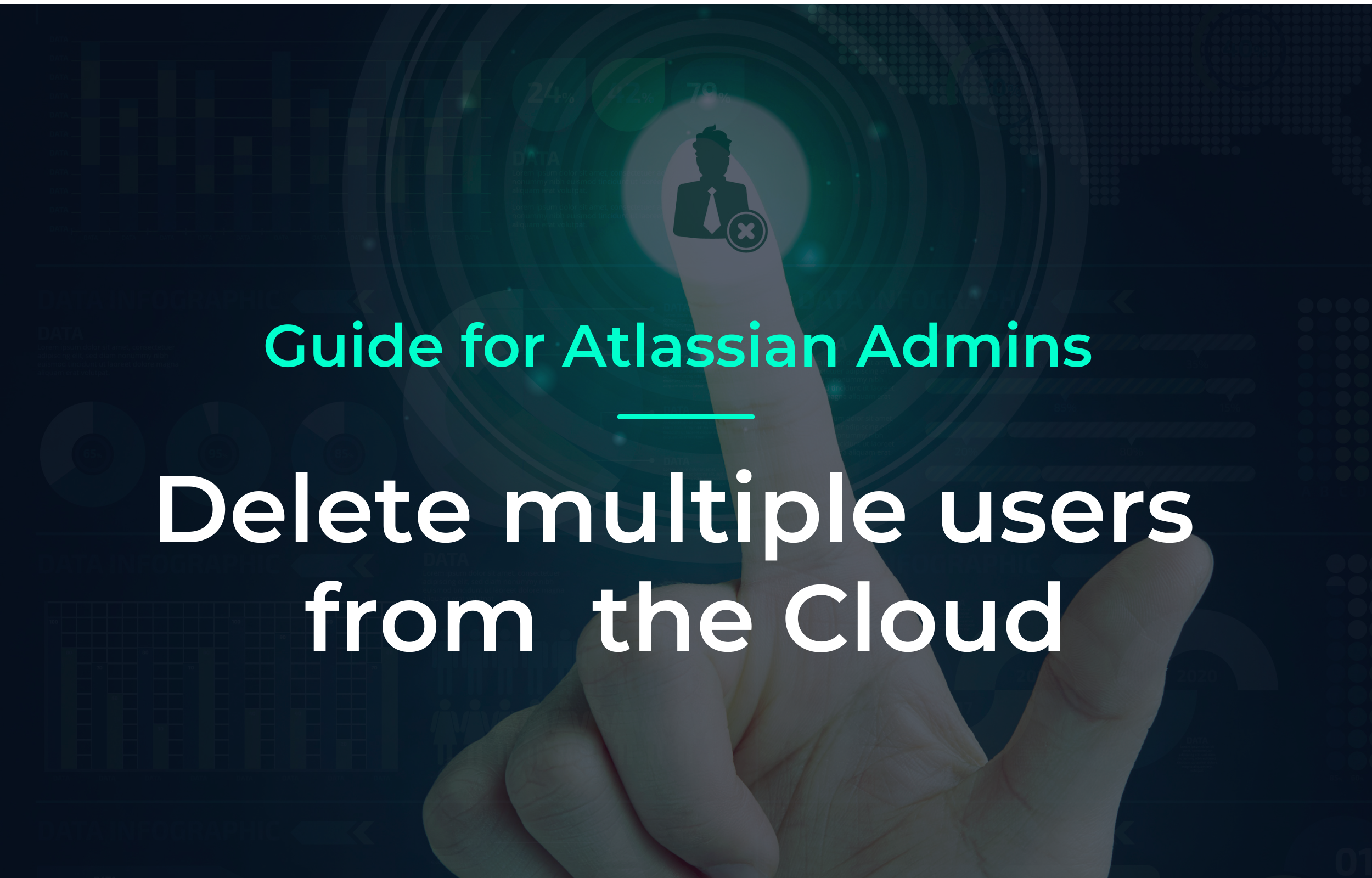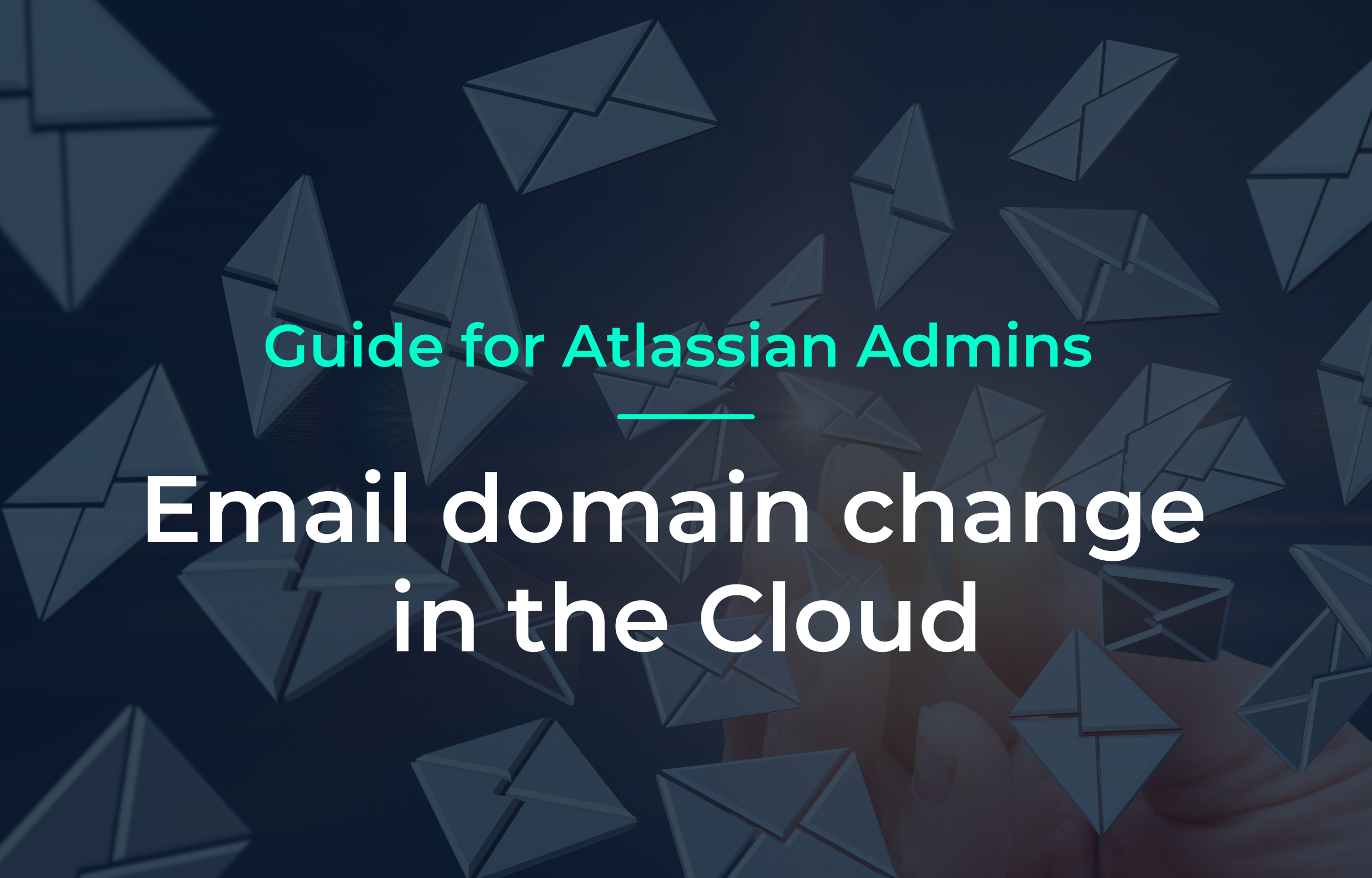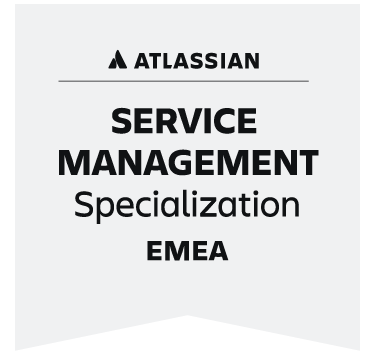Information overload, complex processes and constant excessive demands. But what if all this didn't have to be the case? What if you could automate your processes so that they serve you - and not the other way around? Let's examine the problem of non-optimized processes together and solve it step by step. This is where automation of business processes with AI comes into play.
Information overload and complexity: the secret productivity killer
Your working day begins and ends in chaos. Constantly popping up messages, endless documentation obligations and the impossibility of finding the really important things overwhelm you and your team. This Flood of information paralyzes instead of inspiring. The sheer abundance of data makes it difficult to stay focused on the essentials.
Even worse: the processes that are supposed to help you structure your everyday life are often too rigid and complex. Instead of making your work easier, you feel like a servant of the processes - not the other way around. Non-value-adding activities are piling up, be it the manual filling out of forms or the endless search for information.
The height of frustration? The appearance of so-called Workarounds. Because processes are so inflexible, employees develop their own solutions, which often make collaboration within the company more difficult instead of improving it. The result? Lack of transparency and a lot of wasted time.
Why the problem is so serious
Let's be honest: If you don't tackle these problems, you'll pay a high price in the long run. The flood of information can lead to Burnout when employees are constantly trying to swim in an endless sea of data. The feeling of being at the mercy of processes robs motivation and leads to declining productivity. Non-value-adding work can mean the difference between successful project completion and failure. And finally, non-transparent workarounds can lead to important information being lost - or even processed twice or three times without anyone having a full overview.
But the worst thing is: every day you ignore these problems is a day lost. Time is the only resource you can't get back. But how can we solve this?
4 Use cases: Business process automation with AI (Rovo)
Automation with AI is the key to greater efficiency and success. Download our detailed case studies now and discover how you can automate your processes in just a few steps with Atlassian Rovo. Or contact us directly - together we can start automating your first processes. Take the opportunity to take your business to the next level!
Automating business processes with AI: the way out of chaos
The good news: Automation of business processes with AI can help you solve these problems. And no, we're not talking about fancy gimmicks here, but real, feasible steps that will make your company more efficient and your work more meaningful.
Step 1: Analyze your processes - Where does the shoe pinch?
Before you automate anything, the first step is to analyze your existing processes. Take the time to think about which processes really cause the most pain. Which tasks are repetitive? Which ones make you feel like a servant of the process? Document these processes.
ExampleThe process for reporting sick is an overloaded monster in which employees report to their supervisor, cancel meetings and create an absence note.
Step 2: The small but effective steps to automation
It's not about automating everything at once. The approach "Pareto 20/80" is ideal here: automate 20 % of the processes that reduce 80 % of the workload. This means that you select the recurring tasks that take up the most time.
ExampleInstead of manually entering the sick note into your company's internal system, you could use AI and automation that automatically creates the absence note based on a short message, cancels meetings in your calendar and enters relevant information into the system.
Step 3: Digital assistants as game changers
Another solution is the use of digital assistants. These can help employees to manage complex or rarely used processes more easily. Digital assistants are particularly valuable when training new team members.
ExampleInstead of manually training new employees every step of the way, a digital assistant can explain the basic tasks - such as submitting vacation requests or where to find the most important information - and help make the first few days stress-free.
Step 4: Automate interfaces and cross-departmental processes
Automation does not end at departmental boundaries. In many companies, high costs are incurred at the Interfaces between departments due to different processes and required information. These handovers are often prone to errors and lack transparency.
ExampleImagine you have a sales department that enters new deals into a CRM system. With an automated interface, the sales department can not only enter the deal, but also create a new project ticket in Jira at the same time, which immediately involves the marketing and project teams.
Step 5: Save valuable time by automating the information search
The Search for information is one of the most time-consuming tasks in everyday life. This is where an AI can be particularly helpful. Imagine you could simply ask: "What projects are coming up this quarter?" and the AI pulls together all the relevant information from your systems.
ExampleA query to an AI such as "Which projects are green this month?" can provide you with a summary of the project data without having to manually click through each individual system.
Step 6: Automated escalation and problem detection
A major problem in many companies is that errors and problems are noticed too late. This is where automated systems can help to intervene at an early stage and prevent damage.
ExampleA system that notices if a task remains unprocessed for too long could automatically trigger an escalation and inform those responsible.
Step 7: Holistic integration and the focus on added value
The aim of automation should not only be to save time, but also to relieve your employees so that they can concentrate on value-adding tasks.
ExampleAutomation of communication about project changes. When a new project is started, the AI could automatically inform the relevant people, link the corresponding documents and display the progress in real time.
Suitable tools for automating business processes with AI
When it comes to efficiently automating business processes, there are numerous tools available. One outstanding example in the Atlassian ecosystem is Rovo,. Rovo is an AI-powered digital assistant that has been specially developed to automate routine tasks and make everyday life easier for both employees and support teams. But Rovo is not the only tool that can be helpful here:
Rovo and comparable automation tools
Rovo is characterized by its seamless integration into Atlassian tools such as Jira and Confluence. It supports the automation of recurring tasks, such as creating and assigning tickets or responding to frequent requests. The ability to proactively detect issues and contribute to escalation makes Rovo a comprehensive solution for process automation. You can find more insights on Rovo here: What is Atlassian Rovo and what can I do with it?.
Further automation tools
- LoomA tool that transcribes meetings in real time and extracts important information. Ideal for automating meetings and increasing productivity.
- WorkatoThis platform connects apps and automates workflows at enterprise level. Particularly suitable for companies that require comprehensive integration and automation.
- Airtable AutomationsProvides a user-friendly way to automate workflows within Airtable databases. Perfect for teams that already use Airtable and want to make their data processes more efficient.
- MakeThis platform offers powerful automation options, especially for complex data processing and workflows that require flexible connections between different apps.
Summary: Your path to efficient automation with AI
Automating business processes with AI is not a panacea. It is your tool to focus on the essentials. To prevent burnout, increase employee satisfaction and restore productive flow in your company.
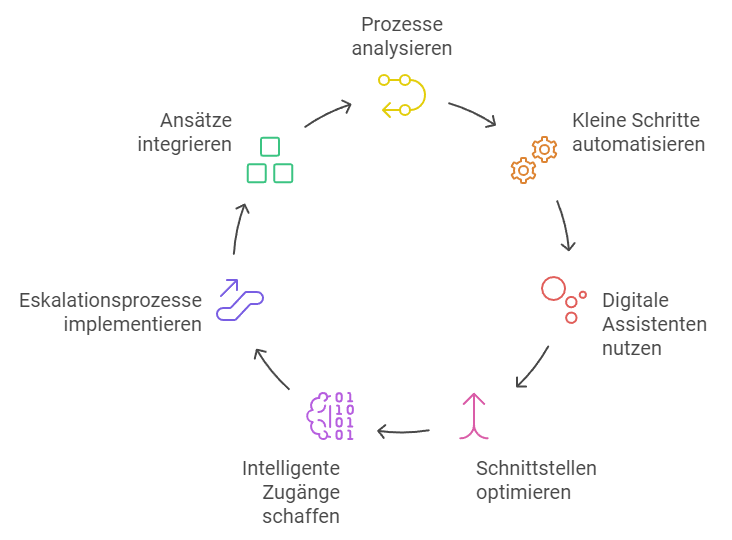
The steps to the solution are simple:
- Analyze the processes and find the real burdens.
- First automate the small steps within a process that take a lot of time but have a big effect.
- Use digital assistants to relieve employees.
- Optimize the interfaces between departments.
- Create smart information access through AIs.
- Use automated escalation processes.
- Integrate all these approaches for holistic added value.
If you follow these steps, you will quickly notice how your everyday working life changes for the better. Automation of business processes with AI is no longer future thinking, but a feasible way to increase the efficiency of your company.

4 Use cases: Business process automation with AI (Rovo)
Automation with AI is the key to greater efficiency and success. Download our detailed case studies now and discover how you can automate your processes in just a few steps with Atlassian Rovo. Or contact us directly - together we can start automating your first processes. Take the opportunity to take your business to the next level!

